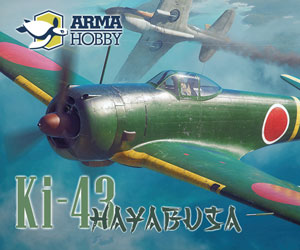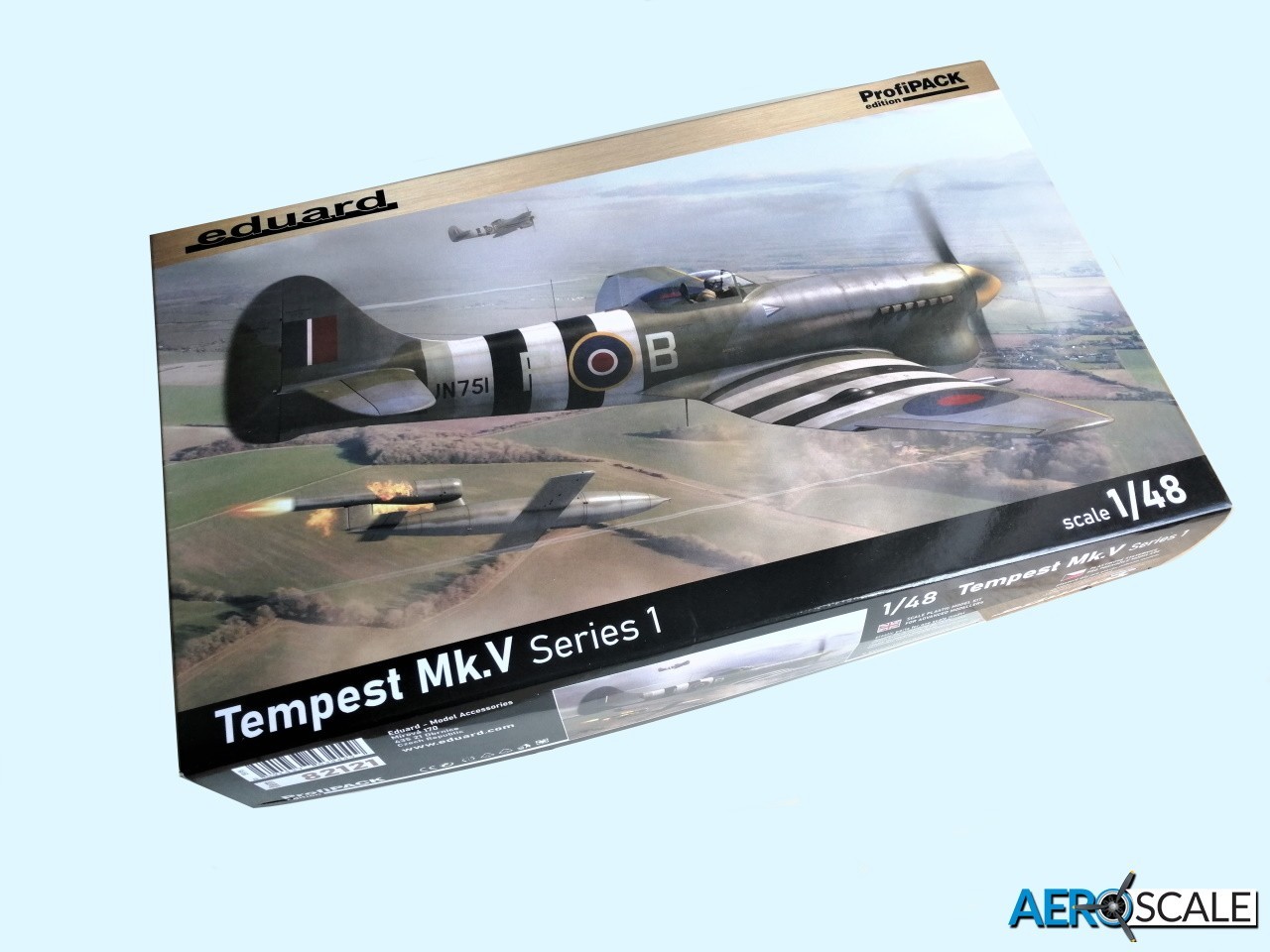
Background
It’s often called the ultimate piston engine fighter a title that is probably shared with its very close relative the Sea Fury.Originally called the Typhon II, the Tempest was the result of a need to improve the Typhoons performance at altitude. Hawker believed that the introduction of a laminar wing into the design would solve the deficiency at altitude making it a more versatile fighter. Unfortunately like the Typhoon it was disappointing at high altitude, but excelled nearer to Earth. Despite the disappointing performance at altitude the Tempest proved to be an extremely effective combat aircraft with its excellent range with fuel tanks, speed, outstanding roll rate and great visibility from the cockpit. It carried a considerable punch with four wing mounted 20mm cannons and ability to carry up to 2000lbs of ordnance. The Tempest was typically fitted with two 1000 lb (450 kg) bombs or eight 60 lb (27 kg) rockets. When fitted with under wing fuel tanks, the Tempest could loiter for up to 4.5 hours. It was feared by all that was within its range of operation whether ground targets or the emerging jet powered aircraft. Hubert Lange, a Me 262 pilot, said: "the Messerschmitt Me 262'smost dangerous opponent was the British Hawker Tempest — extremely fast at low altitudes, highly manoeuvrable and heavily armed."
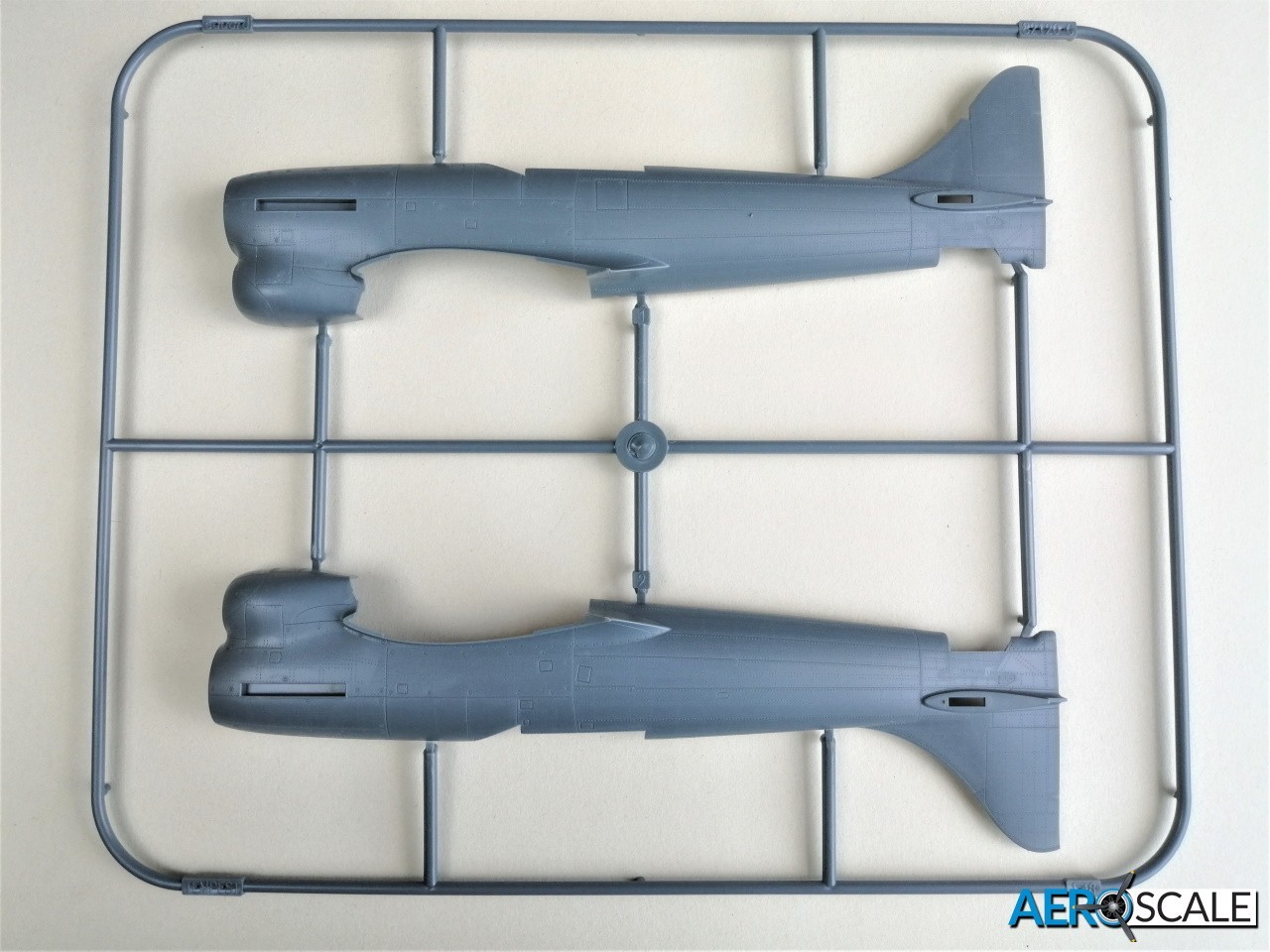
There were two Series of Tempest Mk.V and the first Series had the serial number prefix JNxxx, useful to know if you are doing some photographic research. The fuselage/tail joint originally featured 20 external reinforcing"fish plates", similar to those fitted to the Typhoon
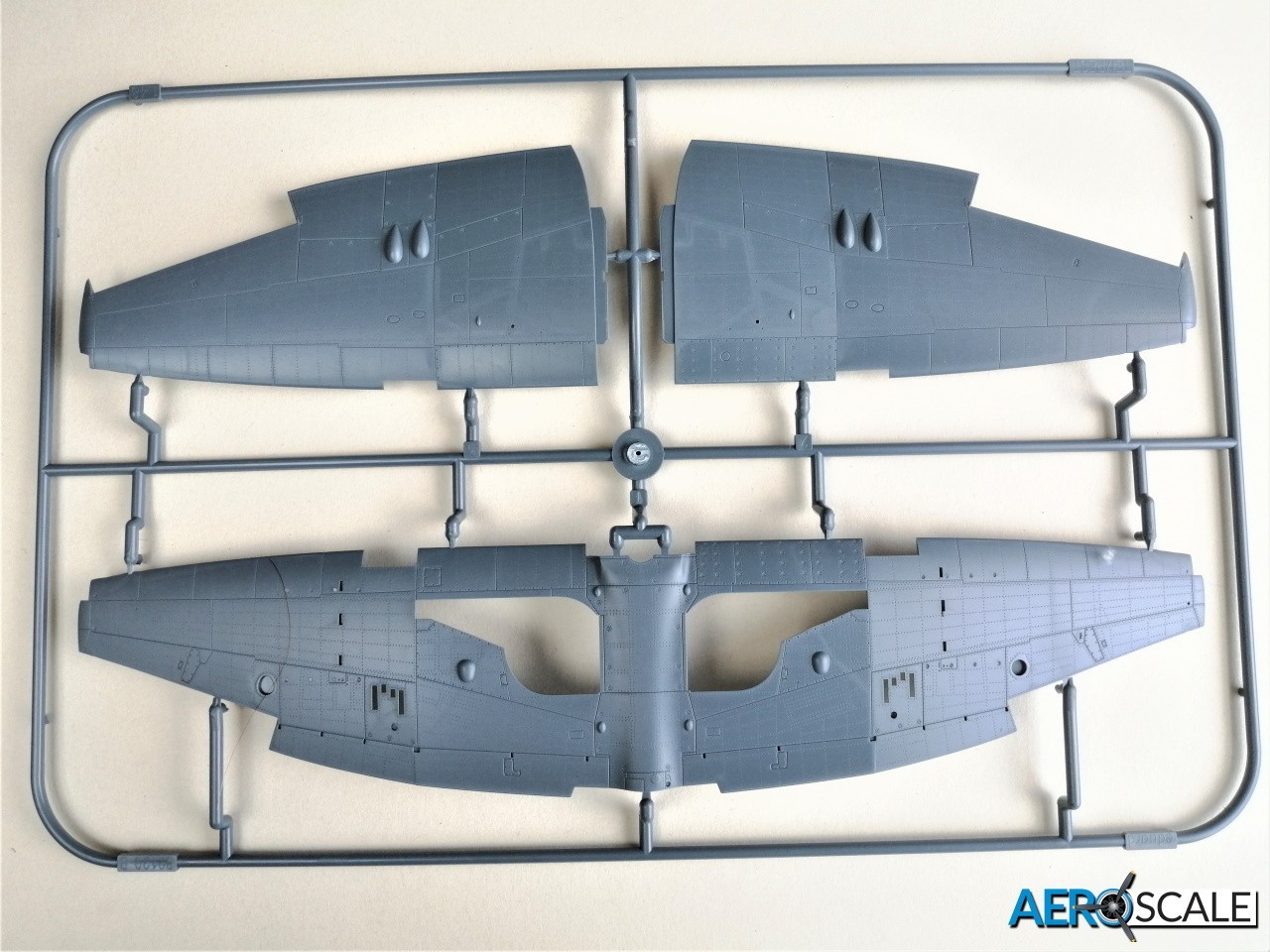
Opening the box it’s a little disappointing and unlike Eduard to place all the grey sprues in one bag. Once you carefully extricated the sprues it’s immediately obvious how good the mouldings are and the quality of the detail. Eduard seem to be leading the way in creating fine panel lines and detail. This particularly moulding was originally released in 2019, but don’t confuse this with Eduards original Tempest release [8021/2/4/5 & 1169]. It pops up on eBay fairly frequently. All the marking options are the same for the initial release.
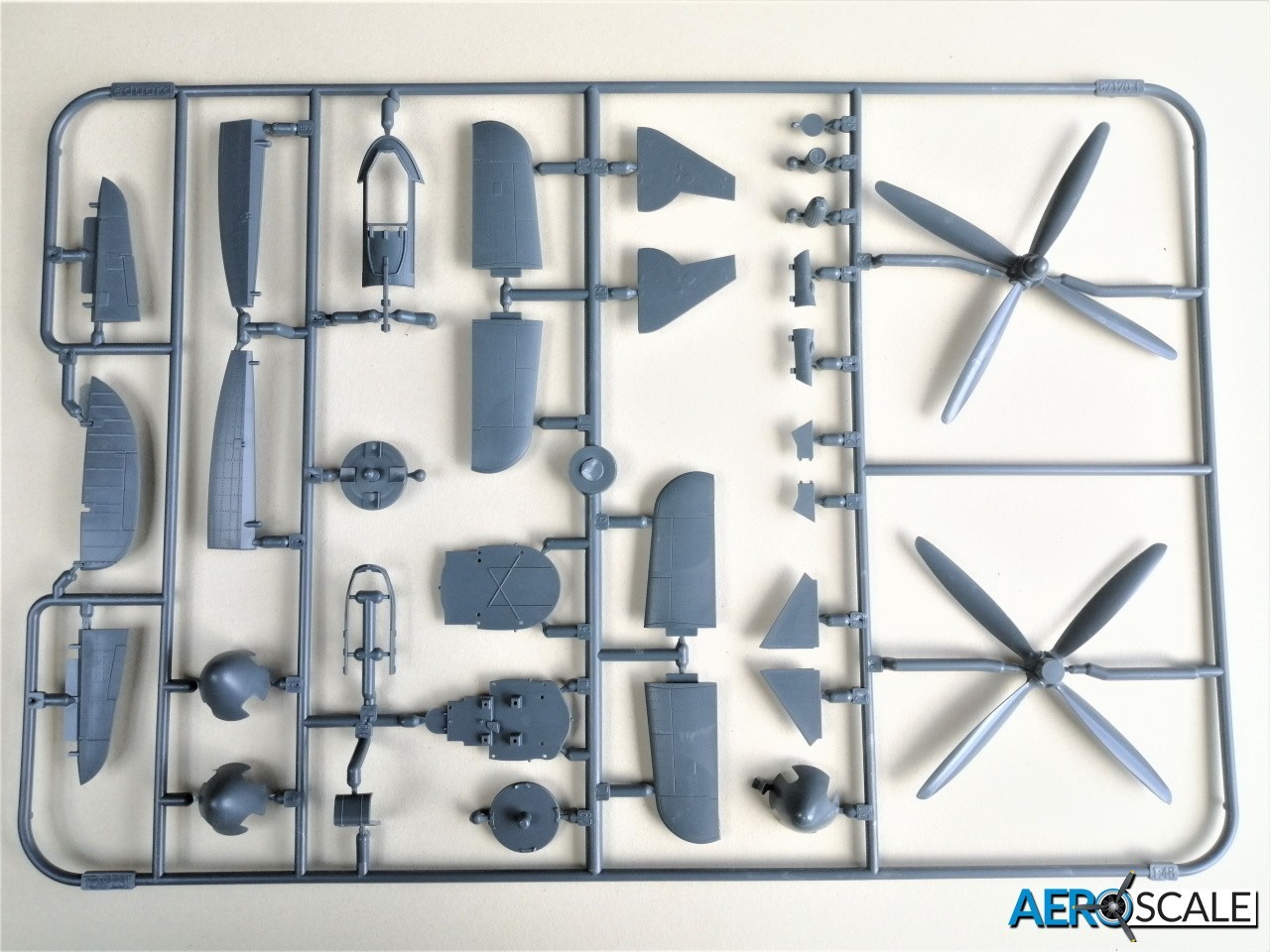
Contents include:
- 5 x grey platic sprues
- 1 x clear plastic sprues
- 1 x small fret of pre-coloured photo etched items
- 1 x paint masks
- 2 x sheet of decals
- 1 x A4 20 page instruction manual.

The cockpit area is made up from around thirty plastic parts and almost the same number of photo etched parts. There is additional raised detail on the inside of the fuselage in the cockpit area as well as in the tail wheel well. As is the norm with Eduard ProfiPACK editions you have a choice of how you represent the instrument panel and side consoles. You can use the pre-coloured PE parts supplied, use the excellent detail moulded on the plastic parts or use the decals. Seat harness is included on the PE fret. Thereis a wealth of detail to be found with the parts supplied, more than enough for most modellers.



















![Junkers F13 [Early Prod] With Winter Skis Coming Soon](/upload/media/posts/2025-07/22/48020-junkers-f13-with-winter-ski-early-prod_1753181324-s.jpg)



